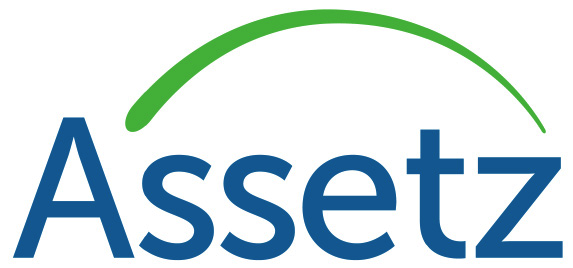-

-

+91 78295 54411
- Enquire Now


 +91 78295 54411
+91 78295 54411
Have you ever stopped to think about the wonder that flows from your faucet every time you turn it on? Many take clean, accessible water for granted, yet it is becoming an increasingly scarce resource. This scarcity of water can lead to a crisis and impact everything from daily life to economic development.
The good news is that we can all contribute to securing a sustainable water future. This blog explores effective water conservation techniques, from simple adjustments in your daily routine to broader community and industry practices. By understanding and implementing these different methods of water saving, we can ensure an equitable distribution of water resources, benefiting both human well-being and the environment we share.
As water scarcity is a subject of major importance, simple yet impactful changes within our homes can make a significant difference. Implementing efficient indoor water-saving techniques is a powerful way to conserve water:
Installing low-flow showerheads, faucets, and toilets are traditional water conservation techniques that significantly reduce water usage by limiting flow rates while maintaining functionality and comfort.
Modern water-saving techniques include using appliances with high water efficiency ratings. Dishwashers and washing machines equipped with water-saving features help minimise water consumption during daily household activities.
Setting up rain barrels to collect rainwater from rooftop rainwater drain pipes is a simple and effective water-saving technique. This harvested rainwater can be used for various non-potable purposes such as watering plants, washing cars, or cleaning outdoor surfaces, reducing reliance on municipal water supplies.
Installing greywater recycling systems allows homeowners to reuse water from sinks, showers, and washing machines for irrigation or toilet flushing. By treating and redirecting greywater to areas like gardens or lawns, this DIY project utilises modern techniques of water conservation to conserve freshwater resources while reducing wastewater discharge.
Implementing penetrable surfaces, such as permeable pavers or gravel driveways, allows rainwater to infiltrate the ground instead of running off into storm drains. This traditional water conservation technique contributes to overall water conservation and management methods by helping recharge groundwater levels, reducing stormwater runoff, and minimising the need for irrigation.
Effective water conservation starts with understanding your habits. Here are valuable strategies for monitoring and tracking your water usage at home, empowering you to implement different methods of water conservation and track your progress:
In conclusion, effective water conservation techniques ranging from low-flow fixtures to advanced water treatment technologies offer promising solutions to combat water scarcity. By implementing these water harvesting and conservation techniques at home, Bangalore residents can become active participants in securing the city’s water future.
However, conservation efforts extend beyond individual households. Promoting sustainable water use practices across industries, coupled with investments in innovative technologies, is crucial for long-term success. By fostering a collaborative spirit between individuals, communities, and governing bodies, we can ensure every drop counts in building a water-secure Bangalore.
Leading by example, Assetz Property Group prioritises water conservation with rainwater harvesting and their innovative ‘Carbon Healing Homes’ that save up to 80% of water compared to traditional builds. This dedication to sustainability paves the way for a future where beautiful homes meet a healthy planet.